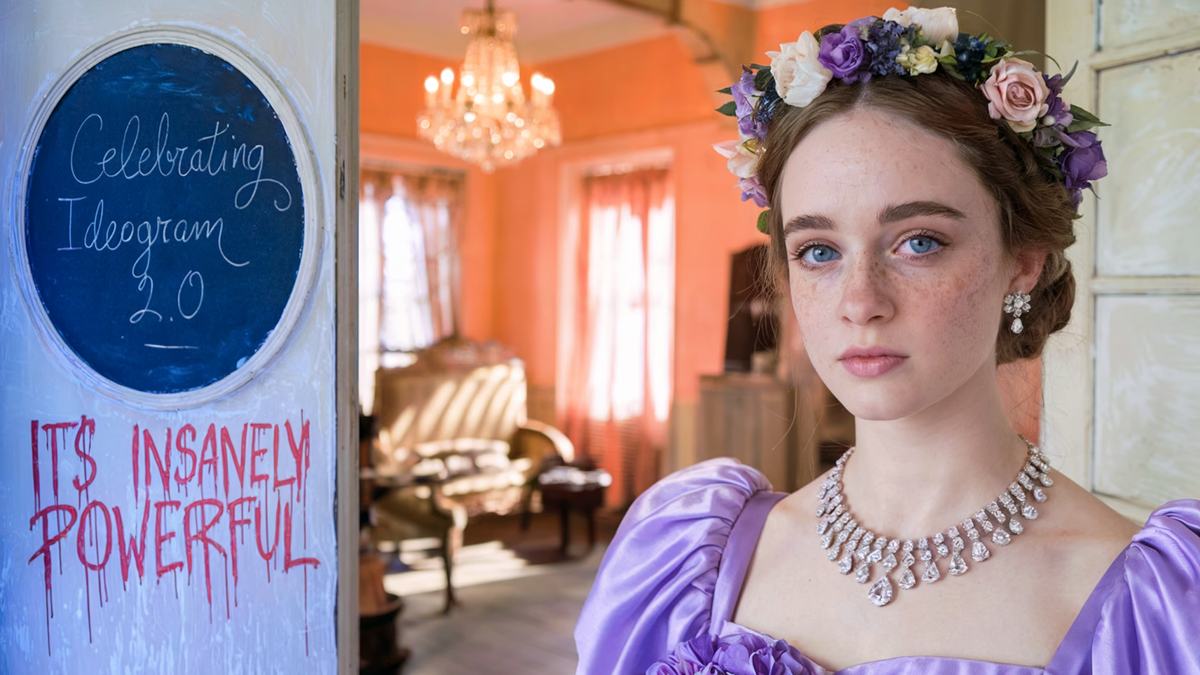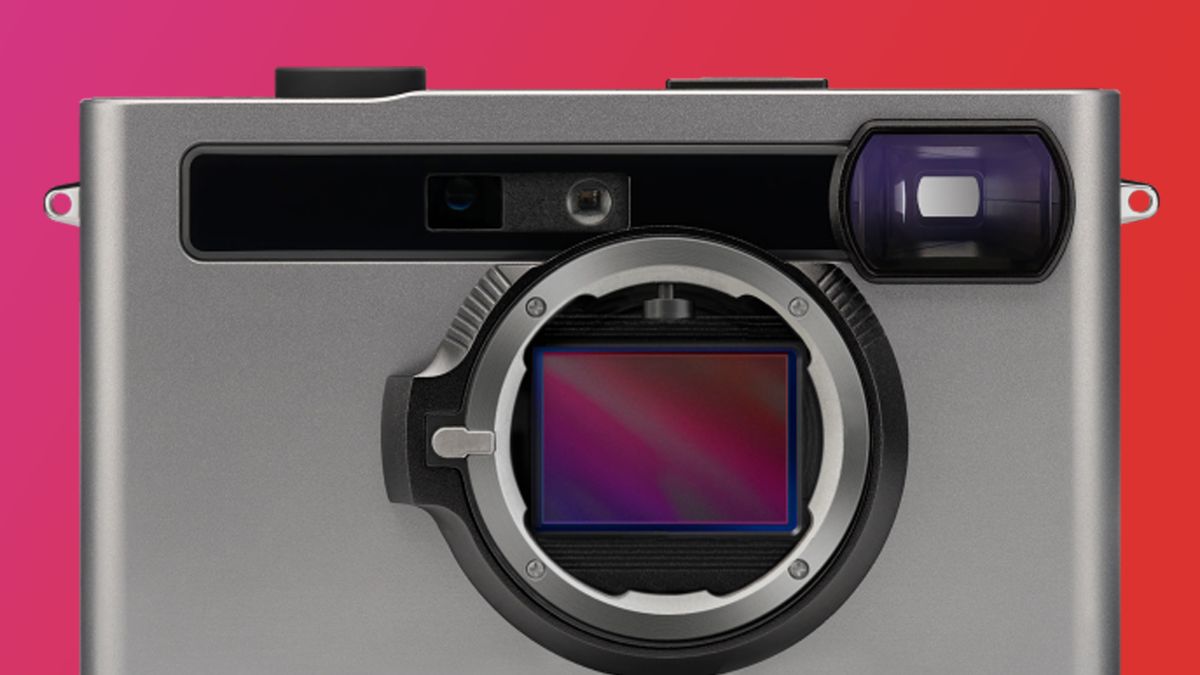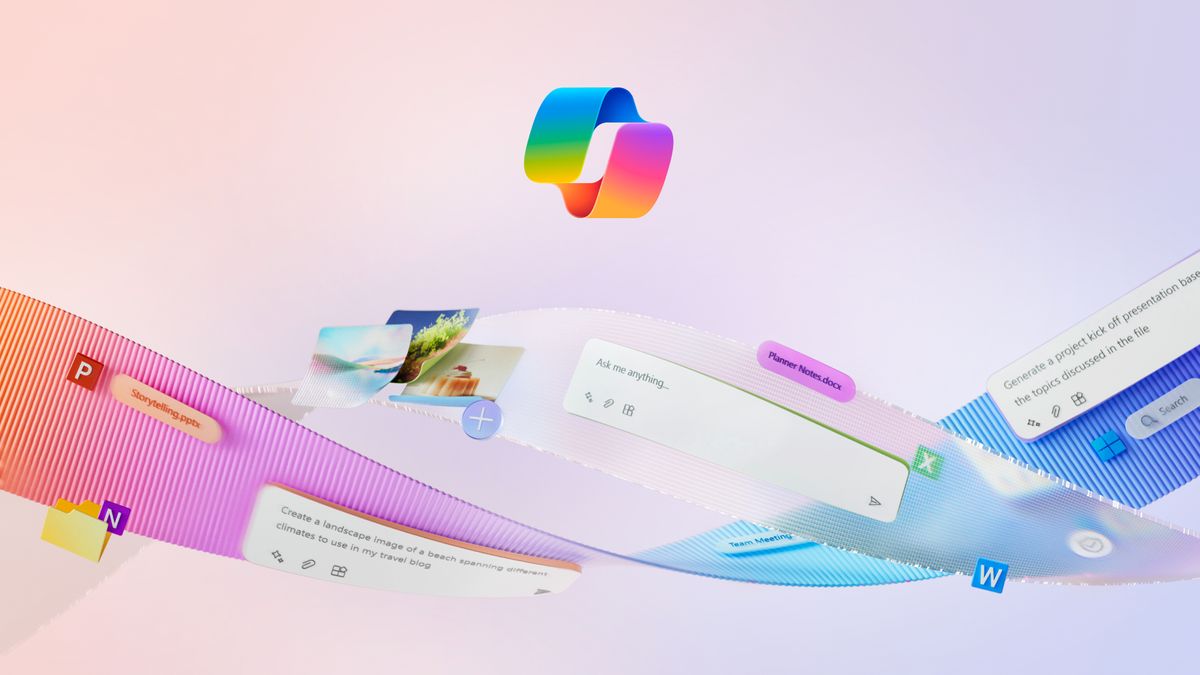AI-powered image generators are all the rage right now, with a recent wave of updates to many of the available options. Ideogram is the latest synthetic image developer to jump on the bandwagon this week with the release of Ideogram 2.0. The new version of the image generator promises to outshine its predecessor and competitors with several new and improved features, as well as a new iOS app and a searchable library of the more than 1 billion images generated by users over the past year.
Ideogram 2.0’s text-to-image engine gives the user much more control over the shape of the AI-generated image. This includes a collection of several different styles to choose from. The realistic style is by far the most interesting, as it produces images that look very similar to real photographs. Skin, hair, and other details are much better than the previous Ideogram model.
On the other hand, Design Style focuses on the accuracy of text within images – a notoriously difficult area for AI models to master. With Ideogram 2.0, users can generate graphic designs with long, stylized text that’s still readable. The other options are pretty self-explanatory: 3D creates three-dimensional objects that can be rotated in real space, while Anime opts for that distinctive animated style and General avoids angling the image to achieve a particular look.
Ideogram in motion
Ideogram 2.0 has also improved its Magic Prompt and Describe tools. Magic Prompt expands on the user's initial instruction, while Describe reverses the usual setup and creates a text instruction from an image. They are now better at figuring out how to fill in details from an initially brief text instruction and at explaining an image using words, respectively.
Ideogram has paired its new model with the release of its iOS app. The app allows users to create and customize images directly from their mobile devices. An Android version is also in the works. In addition to the mobile app, Ideogram AI has introduced the beta version of its API so you can open another app or website that has an AI image generator and actually use Ideogram’s model. It’s similar to how Microsoft uses OpenAI’s DALL-E or how X integrated Flux into Grok AI’s chatbot. All of these and more are rivals to Ideogram, and while there’s no idea which, if any, will win in the space, there’s no denying that the final image will be crisp and photorealistic, with words that anyone can read.








